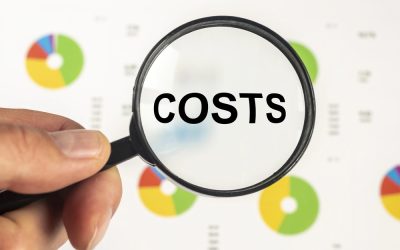The Road Map to increased sales begins with building a robust sales plan to drive revenue.
In this post, we’ll review best practices to build your Road Map, so that you can increase sales in the new year.
- Start simple: Focus on clearly defined actionable steps for your team to follow
- Follow a process: Use the 3 T’s of Team, Tools, and Timing
- Educate: Teach your team how the sales plan works, where the numbers come from and how they can make a difference
#1 Start with a Simple Road Map
Many sales plans never get done because we make them too complicated. Start simple. Focus on clearly defined actionable steps for the team to follow.
For example, begin with a high-level sales projection. Build a plan by business (product type, supplier, etc.). This is the “30,000 foot view” sales plan.
After the high-level plan is built out, work in more details and build the forecast by market, by brand, by package.
You may find it helpful to look at the planning process from different angles. Look backward: Use historical 12, 18, 24month results and volumes to add perspective. Look forward: Use market trends, and current retail/supplier intel to guide projections.
#2 Follow a process: Team, Tools, Timing
To build your Sales Road Map, it’s best to determine who will be involved (Team), what resources will be used to build the plan (Tools), and when the plan needs to be done (Timing).
Involve team members who can bring different perspectives, build an actionable plan and help achieve the sales goals. Consider involving someone from each department in this process: sales, delivery, warehouse, and admin.
Be clear with the team that this sales plan will be used as a road map for the entire company to follow. It will be a plan used every day, not something hidden in a binder.
For tools, use templates with historical sales data. Use the template to set goals so that you can track against actual sales results.
Setting a deadline to complete your Road Map is a critical piece of the process. Many a sales plan never got finished because there was no finish line, no deadline.
Consider a 60-day timeline to create your plan. Start on day 1 and finish on day 60.
For calendar year Road Map builders, you might start the planning process on October 15th, finish the first draft November 15th, and finalize the plan on December 15th. This way, the new plan can be rolled out and communicated before the start of the new year.
#3 Educate, communicate, and repeat
Teach your team how the sales plan works, show them where the numbers come from and brainstorm ways that they can make a difference. Everyone plays a role in sales growth.
Consider holding regular sales planning meetings and invite a member from each department: delivery, warehouse, admin, inventory, and of course sales.
Use these as an opportunity to educate what the sales Road Map looks like (the goal), how the growth will be achieved (the action items), and how everyone can contribute to the cause.
Wrap Up and Action Items
To grow sales in the new year, follow the three steps to build your Road Map:
- Start simple: Focus on clearly defined actionable steps for your team to follow
- Follow a process: Use the 3 T’s of Team, Tools, and Timing
- Educate: Teach your team how the sales plan works, where the numbers come from and how they can make a difference
Remember the old saying, if you don’t know where you’re going, any road will get you there. The sales planning Road Map will help you reach your destination and your revenue goals for the new year.
Yours in Sales Growth,
Kary
P.S. Take advantage of the Spring Special and save 33% off the Beer Business Finance Subscription. Use Discount Code SPRINGCLEAN at checkout. Your subscription includes access to the library of online courses, back issues of the Beer Wholesaler Financial Newsletter, webinars, podcasts, tools and resources to help you drive sales and profits in your beer business.





